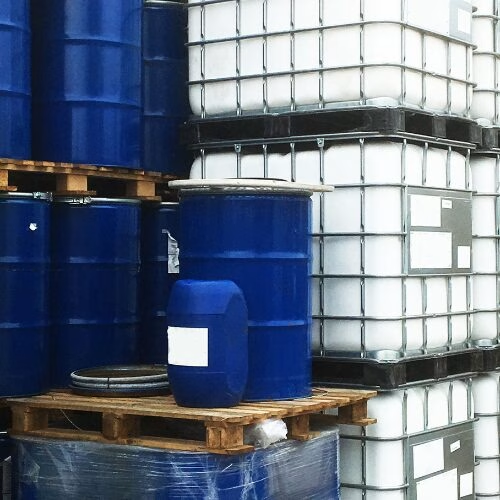This FAQ on Environmental Product Declarations (EPDs) provides insight on what EPDs are, why they matter, how they’re created and verified.
An EPD is a verified, publicly available document that states a product’s lifecycle environmental impacts, based on a life cycle assessment (LCA) using relevant standards.
An LCA analyses environmental impacts, while an EPD presents LCA results in a standardised format.
Unlike labels or certifications, an EPD is a statement on the environmental impact of a product or a group of products. It is not an achievement or rating. It quantifies impacts rather than endorses them.
EPDs were first developed for building products in construction but are now also used in other sectors such as packaging, chemicals, raw material extraction, electronics, etc.
The scope defines which life cycle stages are included, such as cradle-to-gate (from raw material extraction to leaving the factory gate) and cradle-to-grave (full life cycle).
An EPD provides a product description, declared or functional unit, some technical product data, system boundaries and description of the applied methodology to contextualise the results.
Yes. An EPD reports greenhouse gas emissions as Global Warming Potential (GWP), expressed in kilograms of CO₂-equivalents (kg CO₂eq). This metric combines the impact of different greenhouse gases, such as carbon dioxide, methane, and nitrous oxide, into a single value based on their relative contribution to climate change.
Typically 19 environmental impact categories are reported, including global warming, acidification, eutrophication, and depletion of resources. Additionally, indicators are included that report information on the use of renewable and non-renewable resources, as well as information on waste flows and other output flows.
Environmental impact results per impact category are reported in modules: Module A covers raw material extraction, production, and installation; Module B the use stage and maintenance; Module C demolition and the end-of-life; and Module D any benefits or burdens beyond the system boundary. The declared modules depend on the chosen scope.
This breaks down impacts by life cycle stage, showing exactly where they occur and giving users insight into how much is attributable to production, raw material extraction, use, or transport.
EPDs follow ISO 14025 (Type III environmental labelling) for the structure and information presented on the document itself. Additionally, the general program instructions of the program operator and the relevant (co-PCR) should be considered, for example the EN 15804+A2 standard for Construction products.
EPDs are typically published in EPD databases hosted by EPD platform providers and (if desired) on company websites.
An EPD platform provider is an independent organisation that manages the verification and publication of EPDs. They can set rules specific to their platform to supplement the EN 15804+A2, ISO 14025, and PCRs. Some platforms develop their own PCRs.
Different EPD platform providers exist to address varying country specific regulations, industry needs, and market requirements.
- EPD International (Environdec, Sweden) – multiple sectors
- MRPI (Milieu Relevante Product Informatie, Netherlands) – construction products
- NMD (Nationale Milieu Database, Netherlands) – Dutch construction sector
- IBU (Institut Bauen und Umwelt, Germany) – German construction products
- PEP ecopassport® – electrical, electronic and HVAC products
- EPD Norway (Norway) – Scandinavian construction products
- INIES (France) – French construction sector, FDES EPDs
- B-EPD (Belgium) – Belgian construction sector
Not all EPDs are found in a single place. While most program operators offer publication on their own platforms, many also provide the option to publish on the ECO Platform, which serves as a central hub.
Third-party verification by an independent reviewer is required according to ISO14025. The reviewer is in most cases pre-vetted to be a reviewer by the EPD platform where the EPDs is published.
An EPD is typically valid for five years, but if significant changes occur, the LCA and EPD should be updated to reflect current conditions.
Significant changes require an update to the EPD, while minor revisions can be recorded to maintain its accuracy and reliability.
Yes, if claims are factual, transparent and refer to verified EPD documentation.
Environment impact results are presented as factual data without explanation or interpretation. For non-technical audiences, it is advisable to provide a short explanatory text or summary alongside the EPD to make the information more accessible.
Need help creating or updating an EPD? Schedule a call with one of our consultants, visit our contact page, or get in touch via our online form below.
Our experts
EPD services
EPD case studies
Learn more about our work developing EPDs through our recent case studies.
Our related projects
Interested in learning more?
Get in touch!
















